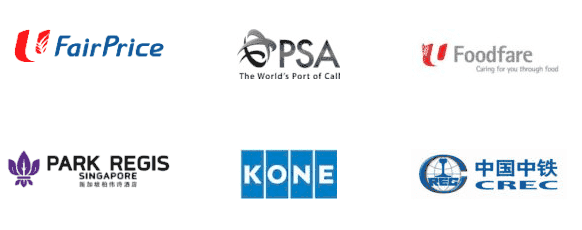Company Registration: Sole Proprietorship vs Pte Ltd
Considered to be one of the best countries in the world to start a business, Singapore has policies in place that are business-friendly. According to the Index of Economic Freedom of 2021, Singapore’s economy is 100% free, making them one of the top 40 nations within the Asia-Pacific region with a score of 89.7.
But before you actually start a business in Singapore, you have to decide the company structure between the two options: Limited liability partnership (Pte Ltd) or Sole proprietorship when comes to company registration. The decision depends on several considerations, such as your taxes, possibilities of future expansion, liabilities, availability of loans, mandatory paperwork, and many more.
Hence, in this article, we bring to you what you must consider before you incorporate a business in Singapore. For any additional details to help you further understand this matter, you can contact Ackenting Group for company registration advice
What is a sole proprietorship?
Sole proprietorship or sole partnership basically means that the business will have a single owner. To start a business on the foundation of a sole proprietorship, you need to meet the following requirements:
- You need to be a Singaporean
- You need to hold permanent residency in Singapore
For this type of company registration, the business owner will be responsible for every liability, such as running the business and ensuring paying the tax. The whole sole proprietorship business concept means that there will not be any separate legal entity that will be a part of the business.
A sole proprietorship means that every personal asset the business owner owns will not be protected from any potential risks or liabilities. This means that if the business owner fails to earn and the company goes into debt, their personal assets will also be liquidated.
Many businesses may initially begin as a sole proprietorship but transit to Pte Ltd as they expand down the road. Once their business starts developing and growing, many then engage in corporate secretarial services, as it is mandatory in Singapore.

What is Pte Ltd?
Pte Ltd, or private limited company, as far is concerned, is the business structure that many start-ups and small businesses aim to get to. This type of company structure is highly flexible and scalable. The corporate shareholders are usually either individuals or any corporate entity.
Every liability and asset of the business belongs to the shareholders. However, if the company runs into any trouble, such as a bad financial situation, its personal assets are well protected and will not be seized.
So, which company registration structure should you choose?
Sole proprietorships are generally better for small businesses because they pose minimal risk. However, as far as concerned, companies that go by Pte Ltd are usually regarded more favourably as they are considered more accountable due to the fact that with Pte Ltd, there are several legal requirements they need to comply with.
Which company registration structure is favourable for foreigners who wish to start a business in Singapore?
It is relatively easy for foreigners to set up a business in Singapore. Hence, we have seen many corporations from all corners of the Earth taking advantage of the easiness and opening up companies here in Singapore.
Any foreigner who is neither a citizen nor a permanent resident in Singapore can start a business as a sole proprietorship. However, they would have to appoint a local to be the company representative. As such, the Pte Ltd company structure would be the recommended option for them to start a business here because it will affect the following:
- The extent of their liabilities
- Taxation
- Availability of funds

Any foreigner who wishes to start a business in Singapore would find the following features more favourable if they were to go through the Pte Ltd route:
- The option to have up to fifty shareholders or owners
- At least one company director to be a local
- They need to pay corporate tax of up to 17 per cent
A Pte Ltd business will garner more credibility and accountability when compared to a sole proprietorship business due to more stringent requirements. Hence, it is also easier for them to take loans from any lending institution or raise funds for potential expansions.
Conclusion
All in all, whether you start off as a sole proprietor and convert to Pte Ltd, the most crucial aspect of running a business is ensuring that you adhere to sound accounting and auditing practices. Hence, if you need help in those areas, you may speak to a reliable accounting firm like Ackenting Group, which can also provide specialised services, such as auditing services, tax advisory services, IRAS tax investigation services, or corporate secretarial services.














